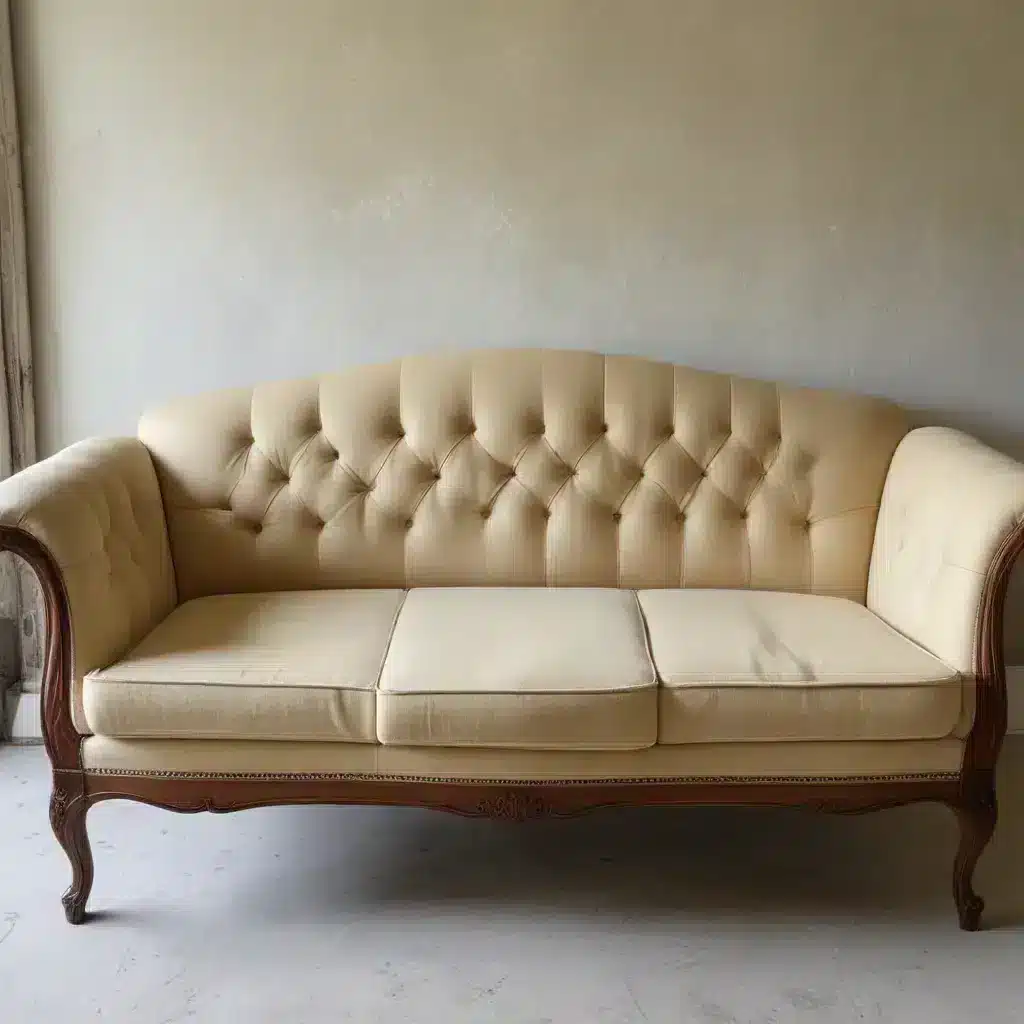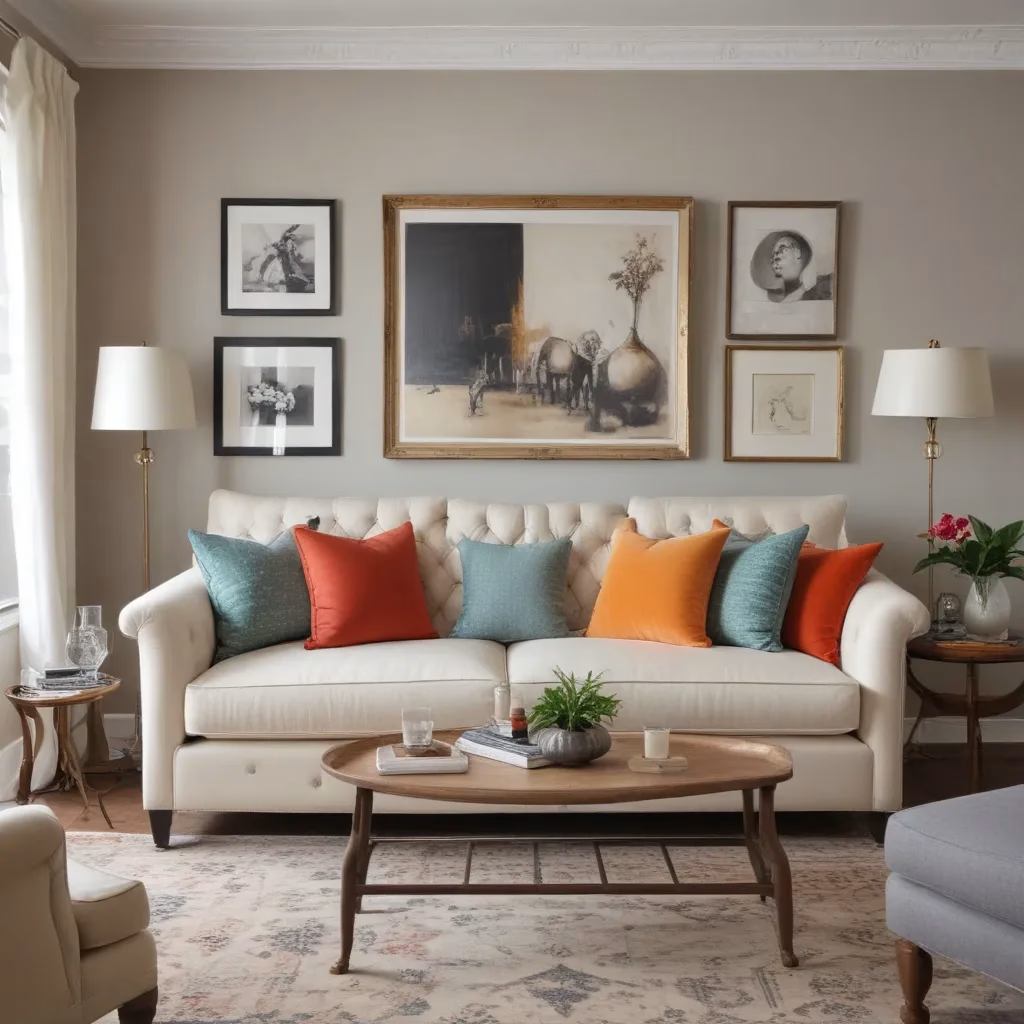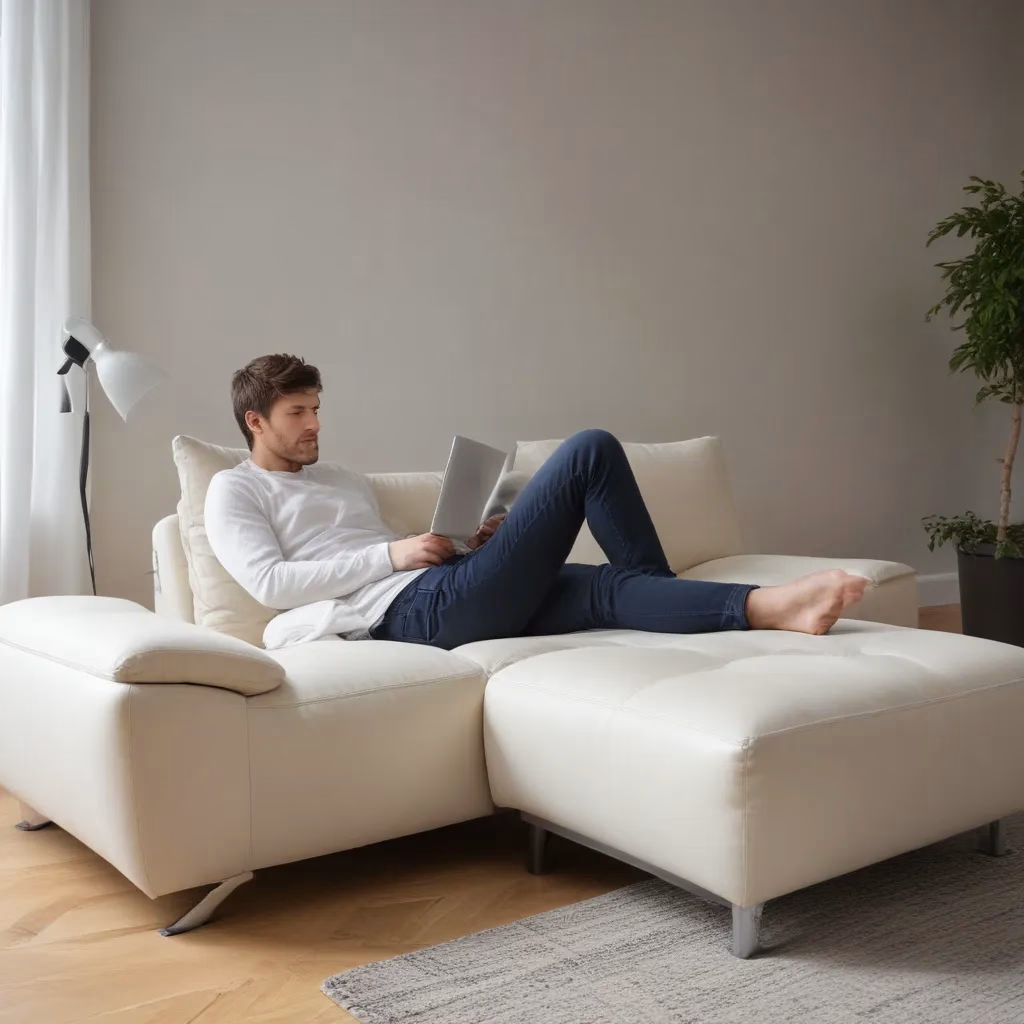
The Art of Sofa Restoration
As a furniture specialist with years of experience, I’ve seen countless sofas come and go. But there’s something truly special about taking an old, worn-out piece and transforming it into a stunning centerpiece for your living room. Sofa restoration is not just about fixing what’s broken; it’s about preserving history, reducing waste, and creating unique pieces that tell a story.
When I first started in this field, I was amazed at how a little TLC could completely change the look and feel of a sofa. I remember working on an old Chesterfield that had seen better days. The leather was cracked, the stuffing was lumpy, and the frame creaked with every movement. But underneath all that wear and tear was a piece of furniture with incredible potential.
Over the course of several weeks, I carefully stripped the sofa down to its bones, reinforced the frame, replaced the springs, and added new high-density foam for comfort. The transformation was remarkable. By the time I finished reupholstering it in a rich, burgundy leather, that old Chesterfield looked like it had just rolled off the production line of a high-end furniture maker.
Why Choose Vintage Sofas?
There are so many reasons to opt for a vintage sofa over a new one. For starters, older pieces often boast superior craftsmanship. Many antique sofas were built to last, with solid hardwood frames and traditional joinery techniques that stand the test of time.
Moreover, vintage sofas have character. Each scratch, dent, and worn patch tells a story. When you restore a vintage piece, you’re not just creating furniture; you’re preserving a piece of history. I’ve worked on sofas that have been in families for generations, and the joy on my clients’ faces when they see their beloved heirloom brought back to life is truly priceless.
Another great reason to choose vintage is sustainability. By restoring an old sofa, you’re keeping it out of the landfill and reducing the demand for new furniture production. It’s a small but meaningful way to contribute to a more eco-friendly lifestyle.
Assessing Your Vintage Find
Before you start any restoration project, it’s crucial to assess the condition of your sofa. Here’s what I look for when evaluating a piece:
- Frame Integrity: Gently rock the sofa. If it feels wobbly or you hear creaking, the frame may need repair.
- Spring Condition: Sit on different areas of the sofa. If you feel any sagging or hear popping sounds, the springs likely need replacing.
- Upholstery: Check for tears, stains, and wear. Sometimes, fabric can be cleaned and repaired, but often it’s best to reupholster entirely.
- Padding: Feel for lumps or thin spots in the cushions and back. Old padding often compresses over time and needs replacing.
- Odors: Be aware of any musty smells, which could indicate mold or mildew problems.
Remember, almost any sofa can be restored with enough time and effort. The key is to determine whether the restoration is worth the investment. Sometimes, a sofa that looks hopeless can become a stunning piece with the right care.
Cleaning and Prep Work
The first step in any restoration project is a thorough cleaning. Even if you plan to reupholster, it’s important to start with a clean base. Here’s my tried-and-true cleaning process:
- Vacuum thoroughly, using attachments to get into crevices.
- Spot-clean any stains using a gentle upholstery cleaner.
- For fabric sofas, use a steam cleaner to deep clean and sanitize.
- For leather sofas, wipe down with a leather cleaner and conditioner.
Once the sofa is clean, it’s time to start the prep work. This might involve removing old upholstery, repairing the frame, or replacing springs. It’s messy work, but it’s the foundation for a beautiful restoration.
Choosing Your Upholstery
Selecting new upholstery is one of the most exciting parts of a sofa makeover. It’s your chance to completely change the look of the piece. When choosing fabric, consider:
- Durability: If you have kids or pets, opt for a tough fabric like microfiber or leather.
- Style: Choose a fabric that complements your decor. A vintage sofa can look modern with the right upholstery.
- Texture: Consider how the fabric feels. You want something comfortable against your skin.
- Color: Bold colors can make a statement, while neutrals offer versatility.
One of my favorite tricks is to use a patterned fabric on the body of the sofa and a solid color for the cushions. This adds visual interest without being overwhelming.
Reupholstering Techniques
Reupholstering is an art form in itself. It requires patience, precision, and a good eye for detail. Here are some key steps in the process:
- Remove old fabric: Carefully take off the old upholstery, saving it to use as a pattern.
- Replace padding: Add new foam and batting for comfort and shape.
- Cut new fabric: Use the old upholstery as a guide to cut your new fabric.
- Attach fabric: Start with the hardest-to-reach areas and work your way out.
- Add trim: Finish edges with decorative trim or piping for a polished look.
One common mistake I see is pulling the fabric too tight. This can cause wrinkles and distort the shape of the sofa. Always leave a little give in the fabric to allow for natural movement.
Finishing Touches
The final touches can make or break a sofa restoration. Pay attention to details like:
- Buttons: Replace worn buttons with new ones that complement your fabric.
- Legs: Sand and refinish wooden legs, or replace them entirely for a new look.
- Throw pillows: Add coordinating pillows to tie the look together.
Remember, the goal is to create a piece that looks cohesive and intentional. Every element should work together to create a beautiful whole.
Caring for Your Restored Sofa
Once you’ve put all that work into restoring your sofa, you’ll want to keep it looking its best. Here are some care tips:
- Vacuum regularly to prevent dirt buildup.
- Rotate cushions to ensure even wear.
- Address spills immediately to prevent staining.
- Use arm covers to protect high-wear areas.
- Keep the sofa out of direct sunlight to prevent fading.
With proper care, your restored sofa can last for many years to come, becoming a cherished part of your home.
The Value of Professional Help
While DIY restoration can be rewarding, sometimes it’s best to call in a professional. At Sofa Spectacular, we specialize in bringing old sofas back to life. Our team has the skills and experience to handle even the most challenging restoration projects.
Professional restoration can be especially valuable for antique pieces or sofas with complex construction. We have access to specialized tools and materials that can make a big difference in the final result.
Embracing the Unique
One of the things I love most about vintage sofa makeovers is that no two projects are ever the same. Each piece has its own history, its own quirks, and its own potential. When you restore a vintage sofa, you’re not just creating furniture; you’re creating a one-of-a-kind piece that reflects your personal style and values.
So the next time you come across an old sofa at a flea market or tucked away in your grandmother’s attic, don’t dismiss it as junk. With a little vision and some elbow grease, that worn-out couch could become the stunning centerpiece of your living room. And who knows? You might just discover a new passion for furniture restoration along the way.
Remember, every sofa has a story to tell. By restoring vintage pieces, we’re not just preserving furniture; we’re preserving history, one cushion at a time.



